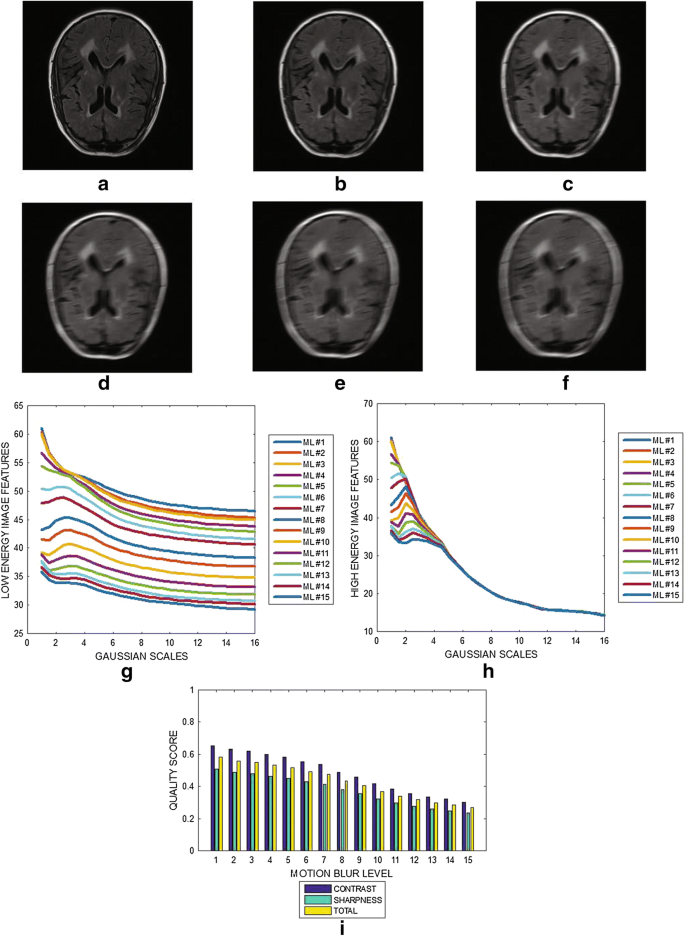

The lateral inhibitory process have already been used in developing model for various visual phenomena associated with lightness illusions ( Macknik, Martinez-Conde & Haglund, 2000 Troncoso, Macknik & Martinez-Conde, 2005 Troncoso et al., 2007 Troncoso, Macknik & Martinez-Conde, 2009)

The model was subsequently refined as “Difference of Gaussian” or DOG model ( Rodieck & Stone, 1965) and also as “Laplacian of Gaussian” or LOG model ( Marr, 1982). The model received wide attention because the results obtained from experimental neurophysiology seemed to provide a support to it ( Ratliff & Hartline, 1959). If the former sends the excitatory signal, the later sends the inhibitory signal or vice versa.

For the same stimulus across the receptive field, the central and the peripheral regions send signals of opposite nature to the particular ganglion cell. Here one assumes that the receptive field of, say a ganglionic cell, spread over the primary receptors in the retina, may be divided in a central and a peripheral region. This is nicely explained with the empirical model of lateral inhibition ( Kuffler, 1953). Target in the dark background appears lighter than the target in the white background. A common example of such an illusion is the “Simultaneous Brightness Contrast”, in which two targets with identical gray values are placed in different backgrounds. For some simple visual illusions, the visual presentations consist of a Background (uniform field across the display) and the Target Patches at specified colour values. Plausible neural circuit, on the basis of direct or indirect evidences from neurophysiology, is often cited as a support to the empirical model. Studies on visual illusions generally help in the formulation and testing of empirical models on visual perception. The appropriateness of the model is presented through simulation results, which are highly tuned to the present as well as earlier psychometric results. The linear filter model with a Gaussian kernel is used to simulate the White’s illusion phenomena with wide variation of spatial frequency of the background grating as well as the length of the gray patch. The model assumes that for the White’s illusion, where the edges are strong and quite a few, i.e., the spectrum is rich in high frequency components, the inhibitory surround in the classical Difference-of-Gaussians (DoG) filter gets suppressed, and the filter essentially reduces to an adaptive scale Gaussian kernel that brings about lightness assimilation. A linear filter model is further proposed to simulate the possible neurophysiological phenomena responsible for this particular visual experience. This paper presents the result of quantification of the perceptual strength of the White’s illusion as a function of the width of the background square grating as well as the length of the gray patch. The White’s illusion is a typical one which according to many, does not completely conform to any of these two processes. In case of stimulus like the Simultaneous Brightness Contrast (SBC), the apparent lightness changes in the direction opposite to that of the background lightness, a phenomenon often referred to as lightness contrast, while in the others like neon colour spreading or checkerboard illusion it occurs opposite to that, and known as lightness assimilation. In the literature it is further reported that such variation can take place in two possible ways.
#GAUSSIAN FILTER MATLAB 2009 PATCH#
For instance, a gray patch may perceptually appear to be darker in a background while it looks brighter when the background is reversed. The variation between the actual and perceived lightness of a stimulus has strong dependency on its background, a phenomena commonly known as lightness induction in the literature of visual neuroscience and psychology.


 0 kommentar(er)
0 kommentar(er)
